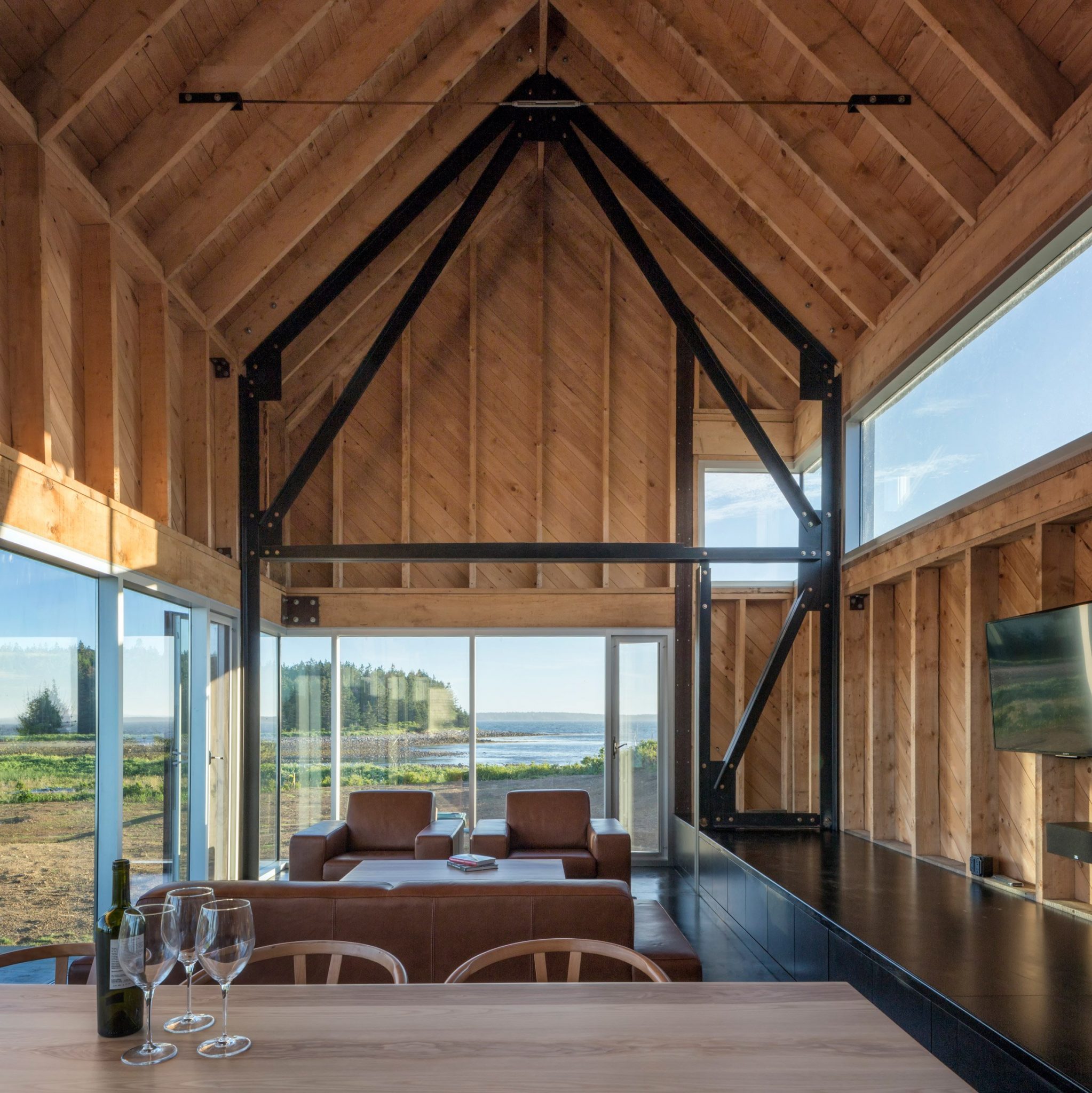There is something about original detail in period homes (especially in the U.K.) that gets me every time. There is nothing really to write home about with respect to the decor in this home, except maybe the collection of kitchenware, but I mostly wanted to share this home because of the vestibule foyer. LOOK AT THE DETAIL! AND THE SIZE! OH, and the kitchen sink. XOXO Via jj Locations.
January 29, 2017
January 26, 2017
A model apartment
A historical building with soaring windows. Light flooding in to an apartment with exposed brick, reclaimed oak floors and marble. What a wonderful canvas to work with. 60 White Street, a model (display) apartment in New York's TriBeCa area by interior designer Magdalena Keck.
Victorian modern
When Victorian and modern come together in one home to create something pretty awesome. To be frank, I am so in love with all the woodwork in the old part of the __house I could not care less what is going on in the rest. I mean, look at the photo above! AH MAH GAWD!!! Interior design by Fern Santini, architecture by Mell Lawrence Architects
Dreamy Coastal House by Studio MacKay-Lyons Sweetapple
This coastal house was completed by Canadian studio MacKay-Lyons Sweetapple. It features wooden shingles and gabled roofs. The __home is lifted on concrete fins in order to protect it from tidal waves. The project is called “The Point House” and is located in Upper Kingsburg, a coastal town in Nova Scotia. The Point House is surrounded by water on three sides and is situated on a point of land that was once a small inshore fishing port.
Inside, the __home has two volumes that are raised off the ground by concrete fins. To echo the traditional cottages, house was cladded in in cedar shingles and has the gabled roof. Large windows provide beautiful views over the landscape and brings in the natural light.
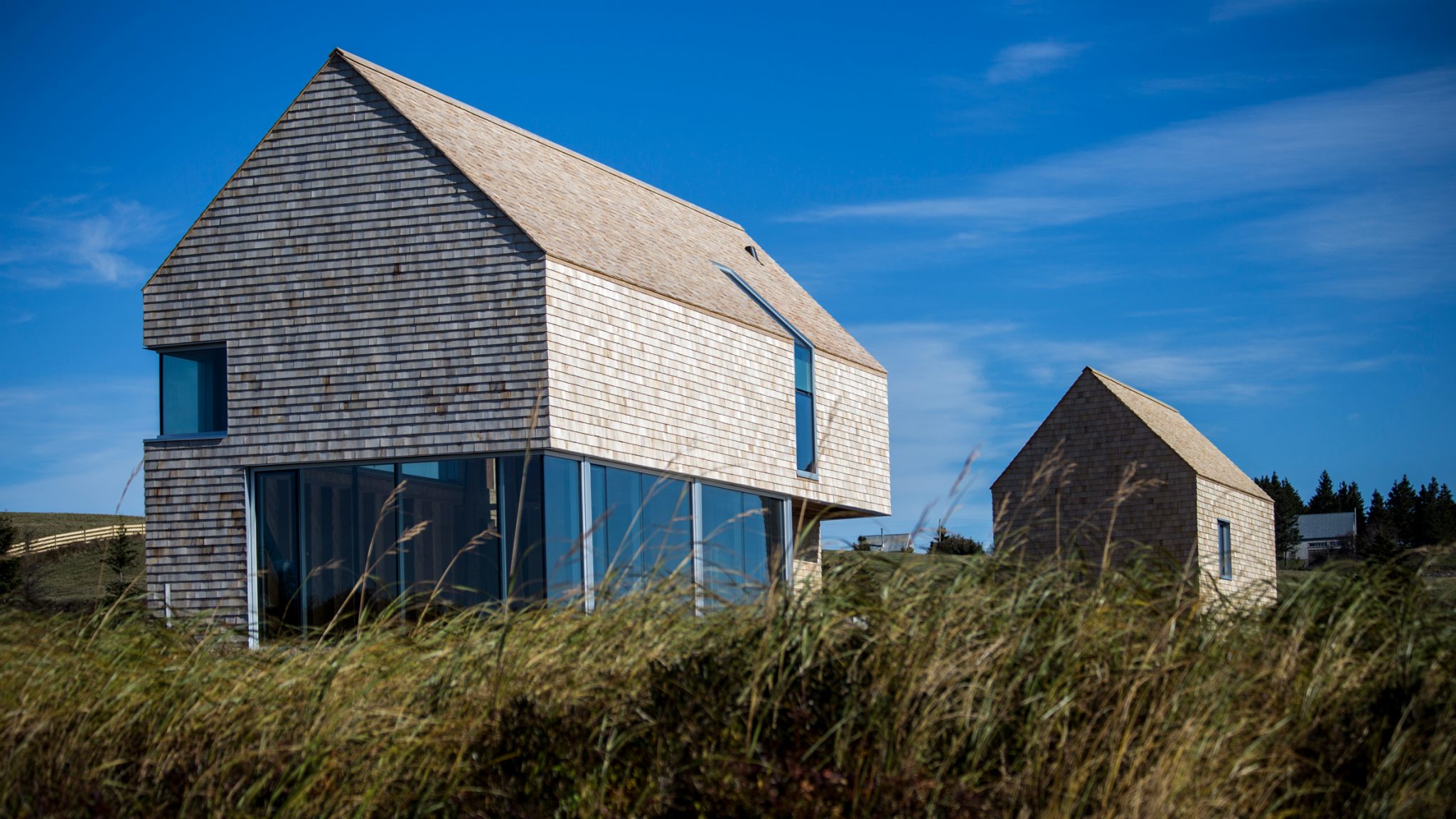
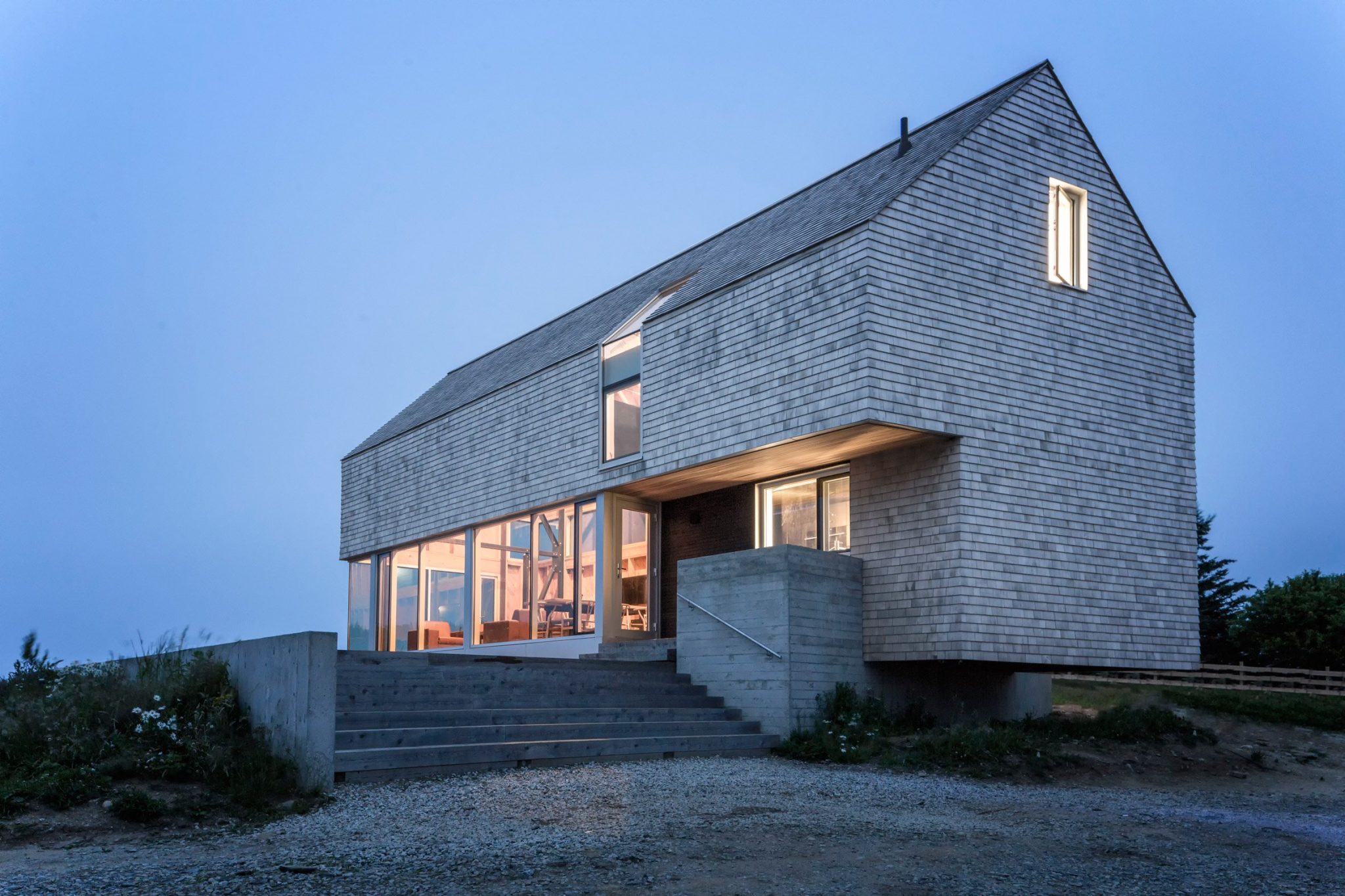
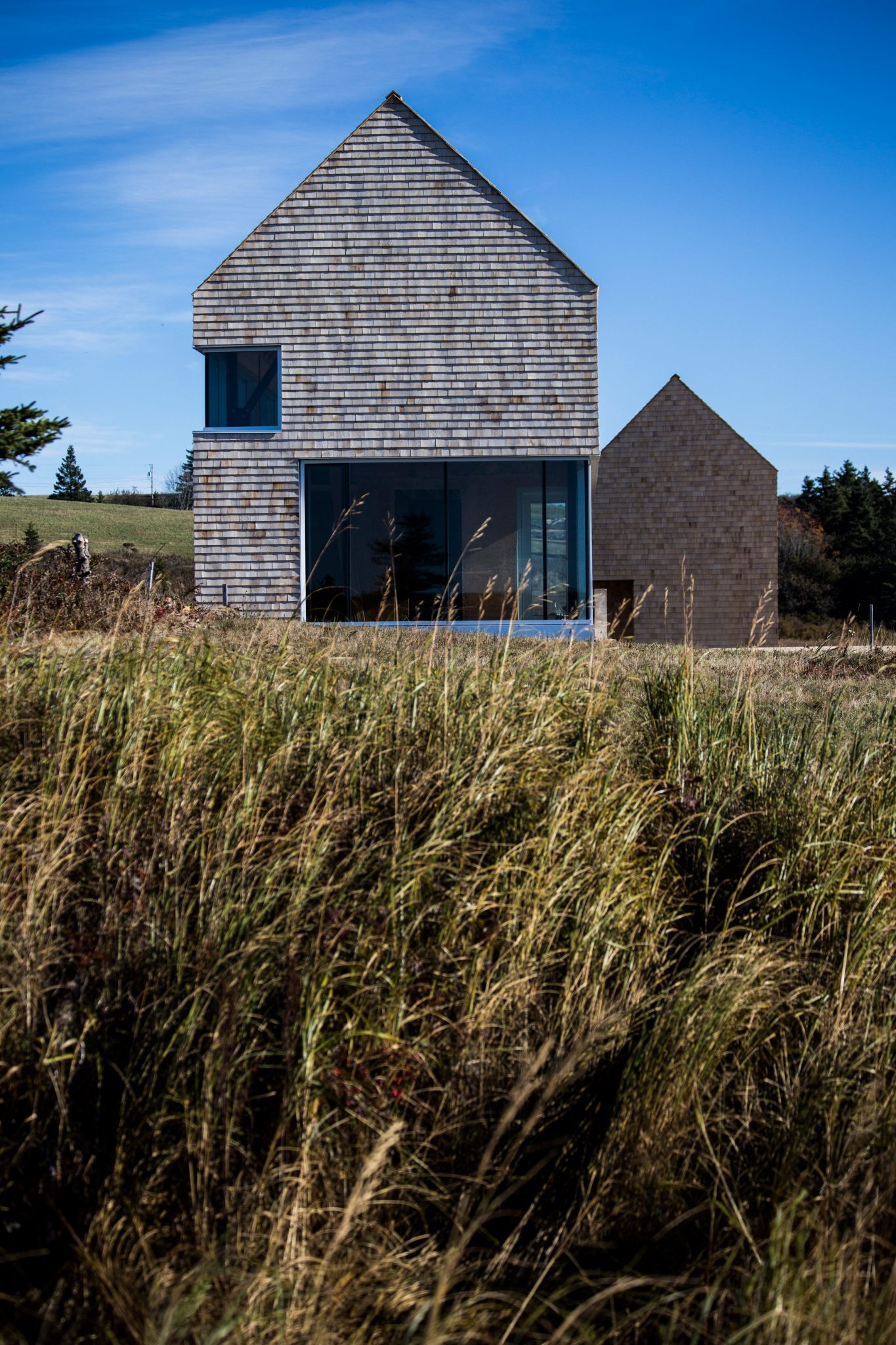
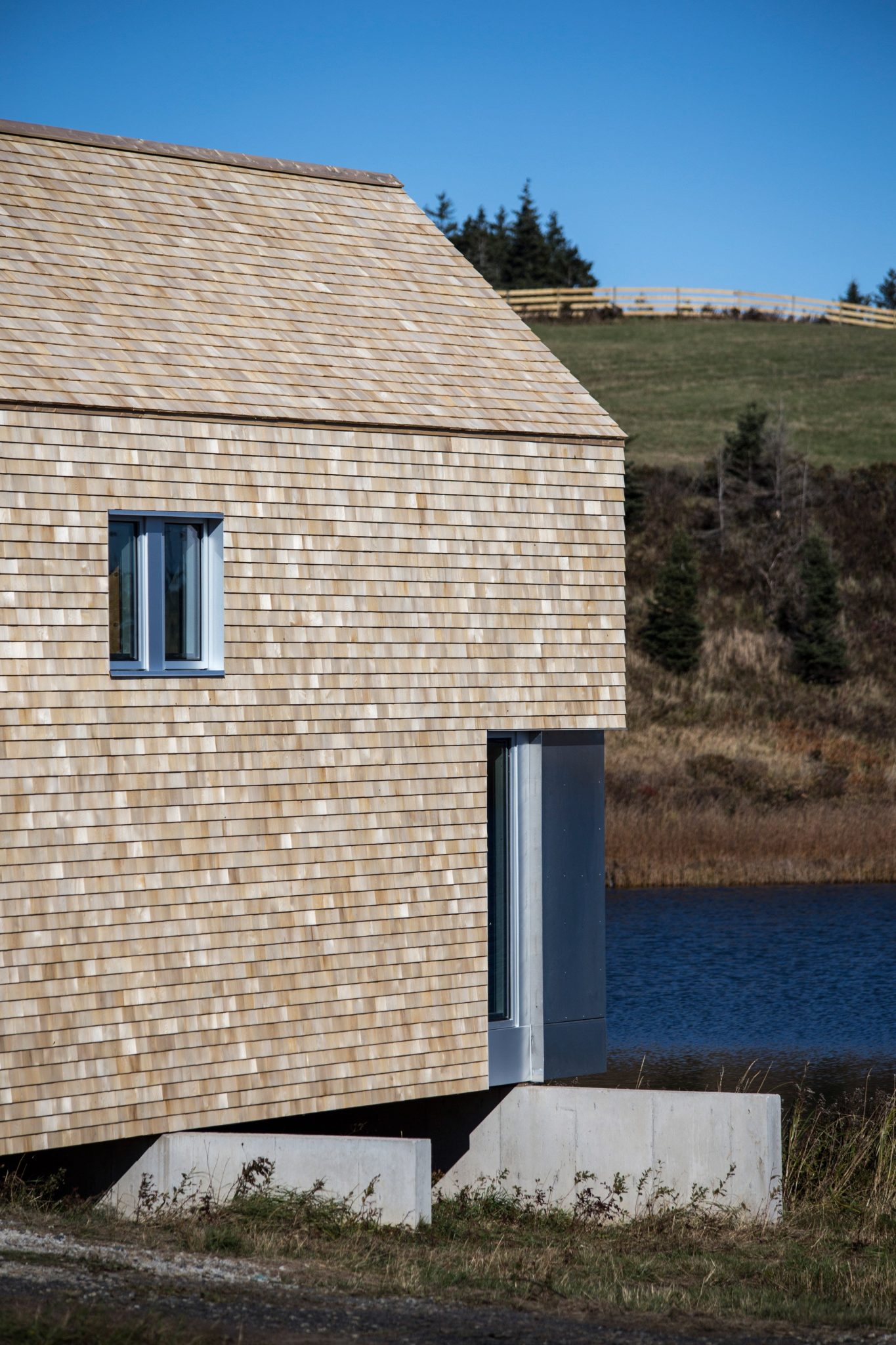
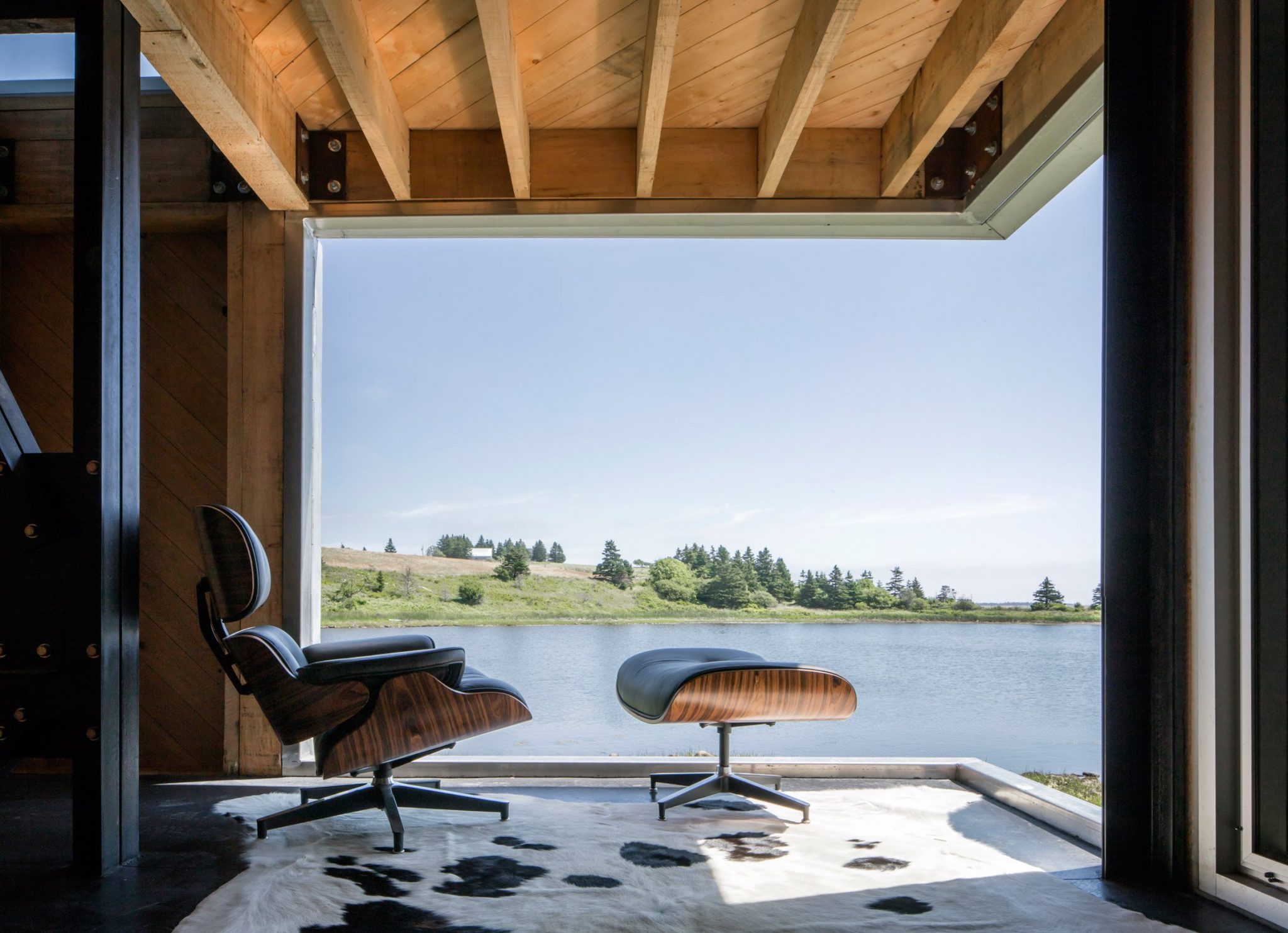

Photos by William Green
Via dezeen
Interview with Alfredo Häberli Special Guest at DOMOTEX 2017
“What interests me is lending order to chaos.” Interview with the designer Alfredo Häberli, special guest at DOMOTEX 2017, about the role of flooring in interior design and innovative directions within conventional parameters.
You are largely known as a designer of furniture and everyday household items, but you have also designed flooring products – from carpets to laminates – for some companies. Can you tell us something about how flooring design differs from other products?
Flooring is interesting because it is tactile as well as visual. It figures greatly in early childhood experience, because while crawling or learning to walk we encounter the different surfaces and textures. Our feet are very sensitive, and we learn to recognize the differences between carpeting and parquet, sand and gravel – this sensory capability is particularly pronounced in children and diminishes as we get older.
Is this an aspect that you consider when you are designing a new product?
Yes, but at the outset, one must also consider context. Tactile sensations are augmented by visual impressions. When I view the images of a house designed by the artist Donald Judd in Eichholtern in Switzerland, I am struck by how he challenges conventional perceptions: floors and ceilings are covered in spruce parquet, the floor is reflected in the ceiling. It is a phenomenal effect. Or think of Sky Pesher, the installation created by light artist James Turrell: it’s a free-standing room-size structure with a large square aperture open to the sky. What makes it so remarkable is an optical illusion, the special relationship between the curved ceiling and the floor. With a cube or a box the base can also be the top. It is a conundrum that is alluded to in the imagery of Anish Kapoor‘s sculptures. One thinks of his void or the trumpet-like, inverted funnels that seem to reach into the infinite depths. These impressions lead me to think of the ground under my feet, the floor. It makes me ask myself, what feeling does this evoke?
You mean as if the ground gives way beneath you?
Something like that: perhaps in a creative sense but also quite literally. What happens when you are standing on a grid or a glass floor at a certain height, and the floor is taken from under our feet? This is the point where one becomes aware that the new, transparent layer is what now forms the floor. So when I am designing a carpet or a parquet floor, then I want a design that makes an impact. For example, when I recently designed a laminate floor I wanted it to endure but I don’t want such designs to be too loud as that quickly becomes a cliché.
What do you mean by that?
As a designer, you should not simply create a new graphic design of the floor. It is only when one sees the design realized on the floor that it is possible to tell how effective the design is and whether it succeeds in evoking the desired emotional effect. Above all, you want to avoid some constant visual irritation. My floor and carpet designs should not be flamboyant or shrill, but minimalist.
How do you know that a design works?
When I look closely at it and can say “yes there is structure to it, there is life in it!” I want to see that on closer examination, but from further away I’d like the product to have a more soothing effect. A bit like with a meadow that from a distance appears simply to be a bright green surface, but as soon as one gets closer it is possible to identify different tones of green, different heights, and types of grass, and so forth. What interests me is lending order to chaos. How can we create structures and textures which do not appear initially but emerge upon a second look? You will not find any dramatic flower motifs in my work for the Danish textile company Kvadrat, but the floral pattern is revealed by closer observation.
Are there any differences on the materials chosen and product function?
I have worked with different media – from hand-tufted fitted carpets to wall-to-wall, manufactured office floors. Here too I was concerned with visual effect as well as function. How does the carpet work, what happens if it is used in long corridors, over large areas but also in the small area next to your chair? In everyday life we see things from various perspectives, our view of things is constantly changing and it is important to me that my designs address this issue. Does the carpet look the same close up as it does from a distance? It simply changes due to the change of focus.
Many of the flooring products that provide a simple and convenient solution for covering large areas are good imitations of other materials and surfaces. How much leeway do these products offer designers?
I do not want to imitate anything. When I was working on a recent flooring collection, I found laminate quite challenging. It is a high-quality product with the right price-benefit relationship. Enormous progress has been made with imitations to such an extent that even designers find it is almost impossible to distinguish between genuine parquet and laminate. My design work is defined by this paradox.
How does what you do differ from imitations?
Recently, I have become interested in marble, especially marble slabs. Imitating a material like that would be a bigger challenge than parquet, not least because it is an extremely expensive material. My designs are reminiscent of water colors and faded colors with random structures and effects. From a distance, it looks like marble, but close up it is clearly a graphic design on laminate.
Is this a new way to create something authentic? How does this approach work in the different fields of design, for instance in contract projects?
It is the same in every field. The automotive industry is a case in point. It is hardly possible to determine what is plastic and what is wood. The surfaces are made of high-quality products, but they are successful imitations of other materials. Personally, I prefer wool or untreated parquet floors, although I fully understand why other people make different choices and respect the preferences or briefs of a client or a company. Naturally, this was a consideration while I was designing the interior of the 25hours hotel in Zurich. Half of the rooms were carpeted, the other half were covered in parquet with limited edition carpets. The carpets, including the corridor carpets, were designed exclusively for the project and manufactured by Tai Ping. The manufacture of the carpets from wool and silk was so time-consuming and intensive that one would never want to change them, but the reality is that hotel carpets need replacing at least every five to ten years. It is a difficult balancing act between taking commercial and market demands seriously and fulfilling the aspiration of creating something new and unique. It is almost impossible to be innovative under such conditions, but this is the contradiction that must be resolved – it is the only way to be truly innovative.
Your designs – whether products or projects – are the result of extensive research. Are there any conventions involved in flooring design and have you been able to break with convention or at least achieve a more playful interpretation?
The convention is everywhere. I am interested in finding something new within the constraints of convention. I want to alter the dimensions and structures a little and create new angles, but I am not an artist, I am an industrial designer. In the 1980’s we had the designer carpet – a typical art product of the times. My approach is not to even think about what a company might expect because the task I set myself is already enough of a challenge. In the early stages, I do not want a detailed briefing. Later, it is important to me that I am acquainted with the machinery required to make the product but to start with I want carte blanche from the client. Only afterward will I start thinking about the figures and how sales of my product compare with others.
We tend to think of floors as being static, but in the age of digitalization could this change perhaps?
There is a trend towards adding function to floor coverings. For example, lighting strips can be integrated into large areas of office floors, similar to emergency lighting in an aircraft. It is also conceivable that flooring could play an environmentally beneficial role and absorb pollutants. There is also the possibility of using floor spaces with high footfall to generate energy, maybe enough to provide all the energy required to illuminate corridors. Perhaps these are just fantasies of the future.
You have been invited as a special guest to DOMOTEX. If you wished anything of the manufacturers, what would it be?
I am a strong advocate of long-term, intensive cooperation with manufacturers and can think of some excellent examples of where this has worked. We need the industry, and the industry needs designers. But a good product is the result of mutual effort and collaboration. I’d like to see companies doing more research and exploratory work. But not in the sense of discovery, more a recognition that the design process needs time and that time costs money – it requires investment. At the same time, a designer should strive for objectivity; not constantly look left and right to see what others are doing or where the trend is going but aspire to uniqueness. In other words, it is not about getting more technical but asking what would happen if we reverted to a more simple, minimalist approach. Frequently there is an intuitive understanding that “less is more” but achieving the balance can be tricky. But it is worthwhile, and as part of this process, we can create awareness and love of planet Earth and the outer layers of our world which are both stony and fertile and afford the basis for all plant life and all living creatures.
